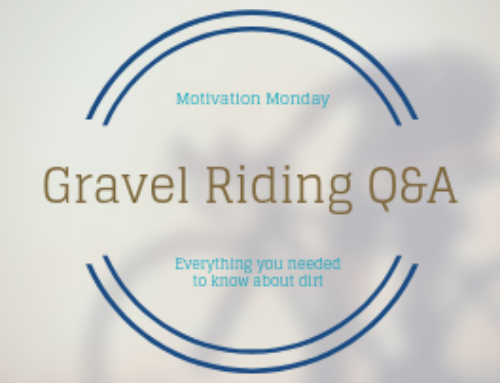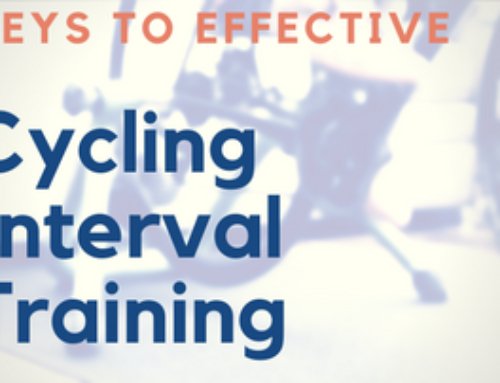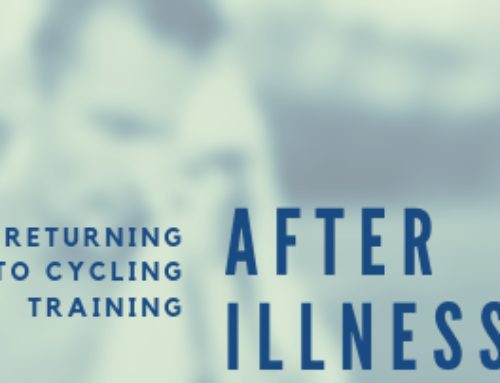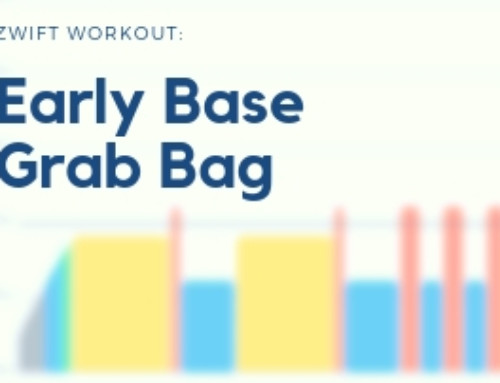High Intensity Interval Training (HIIT or HIT) is a great way to get fit fast. It's one of the go-to training tools when you need to build a bunch of fitness fast. But like anything else in training or in life, there's something called “too much of a good thing.”
While it's very effective at raising your fitness, there's still a cost to high intensity training. Between the high metabolic cost and the potential for a lot of repeatability, you can get into trouble fast. Recently, I've gotten a ton of questions about how much is too much. So it's time to delve into high intensity training again and figure out what you can and can't get away with.
Before we get started: take a look at my “HIIT The Science” podcast for some in-depth information about high intensity interval training pros and cons. It's a great primer for this podcast and it'll give you a good idea of what high intensity interval training is all about.
Podcast: Play in new window | Download (Duration: 34:19 — 24.8MB)
 How much high intensity interval training should I be doing?
How much high intensity interval training should I be doing?
I've been asked this question frequently regarding the rate of returns on HIIT training. Normally, when riders get close to their primary objectives and they find themselves well below their best, they think they can turn up the intensity and just make up ground. In a lot of cases, that plan backfires and they end up overly fatigued or overtrained.
There are a lot of factors that go into figuring out how much high intensity interval work can be squeezed into a training program. Everything from the time of year to the state of your fitness needs to be taken into account. But if you're really sitting there asking “how much can I do without burning out,” I'll guide you through it.
How much high intensity interval training is too much?
The bottom line here is always “it depends on the person.” I know, that's not really a great answer, so here are the things I use to determine how much high intensity interval training a cyclist should be doing:
Base fitness matters
Athletes need to have a solid fitness base in order to pile on a larger volume of HIT training. Cyclists with a significant base of fitness including core strength and stability, fundamental cycling skills and of course saddle time are better equipped to handle an increased HIT load.
Lacking skills like muscular endurance and overall aerobic conditioning means your body can't handle the additional training stress of high intensity work. By piling high intensity training stress on a poorly prepared body, you set the stage for burnout and injury. But if I had to pick, which of these would I say is the most important?
I'd rank core strength and stability first, followed by cycling fundamentals (muscular endurance, neuromuscular skills, etc) and then overall endurance.
When those are well developed, I can be comfortable prescribing up to 3 days per week of HIT training, but only for a short period of time. And of course, the quality and intensity of those 3 workouts are dependent upon the next factor:
How well can you recover?
Obviously, you can only perform the amount of work you can recover from. Older athletes especially will have increased recovery demands. They simply don't recover as quickly as a younger athlete. So for older athletes, it may be prudent to cut HIT sessions down a little bit. It may be a case of reducing the frequency of workouts or decreasing the overall intensity/training stress of each workout. Both are viable options, depending on external factors.
It may also be prudent to reduce HIT sessions for younger athletes that don't recover well. If they are involved in a stressful job, they do a lot of traveling, they sleep poorly, etc. it may be necessary to limit HIT training in order to ensure proper recovery. Remember that training stress is stress on top of your usual daily stresses, so it all piles up quickly for a busy cyclist.
Here's a little tip for those of you with a power meter: you can get a much better grip on recovery by observing your training stress balance. Of course, you can find that information on your performance management chart. Consistently negative TSB that never recovers is a good indication of potential overtraining status. You need occasional forays into the positive TSB in order to recover or even to peak.
 Where are you in your training program?
Where are you in your training program?
This may seem like a no-brainer, but you'd be surprised how often it gets overlooked. High intensity training is generally the most beneficial during the build phase and peak phase. In the early build phase, you can usually safely add 2 high intensity training days per week. That can increase to 3 in the later build phase, and up to 4 in the peak phase. Again, keep an eye on your performance management chart to determine what you need and how much.
You'll note that I said HIT work is most beneficial in build and peak phases. That's not to say HIT can't be beneficial in the base phase. In fact, but you have to be careful loading on lots of HIT style work without sufficient base. In the base phase, I'd limit athletes to 1 HIT workout per week.
Take home tips
How can you tell you're doing too much high intensity work? A good barometer of too much HIT work are things like cramping, bonking (although this could be down to nutritional failure as well), excessively prolonged muscle soreness, poor sleep, irritability, etc. For those with a power meter, keeping an eye on your TSB is a good practice to get into. But just listening to your body is perhaps the easiest thing to do.
Following these simple guidelines will help you to make smart choices about HIT workouts and how frequently they should be utilized. If you're in doubt, you can always shoot me an email and I'll help you figure it out.





